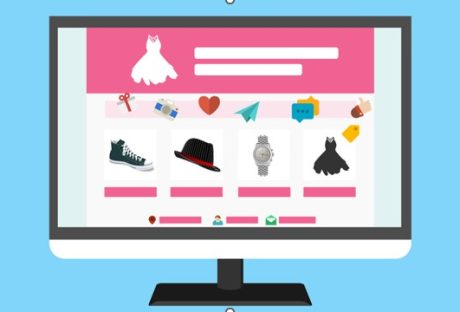Participating in a trade show can be time-consuming, tiring, and it uses a tremendous amount of money. However, if you plan for it, you can maximize your investment returns.
First, you have to invest in a perfectly designed booth. To get that, you have to contract a reliable booth vendor. An experienced booth vendor will create a cabin based on your requirements and observe the theme of the trade show exhibits that you plan to attend.
The good thing is, the booth is the first thing that attracts clients, but once it does, you should know how to maintain a conversation and provide substantial information about the products. Afterward, they will decide whether to buy it or not. So, if the products are of good quality and you’ve proved their worth, you’ll have customers.
What to do to Have Successful Trade Show Exhibits?
Typically, your vendor will encourage you to rent or buy a booth that mimics the theme of trade show exhibits. However, some things remain constants.
Research
Before attending trade show exhibits, research the theme, the number of people who will attend, and the objective of the trade show. For example, if you visit a trade show where companies are selling the same products like yours, it will be competitive, and your ROI will be undermined.
Also, if the trade show is known to attract a few people, the chances are that you won’t get enough leads for ROI are quite high. Therefore, conduct intensive research and evaluate every possible outcome. You should research on every trade show before attending.
Set participation goals
After determining whether the trade show exhibits are worth attending, ask yourself what your goals are. Do you want to launch a product or promote an existing item? You can have several purposes, but you have to ensure that these goals are achievable and that they will give you a good ROI.
Budget
How much are you willing to spend on trade show exhibits? First, you have to consider the rent of the space that you’ll be hiring and secondly, the price of a display booth. Fortunately, you can either rent or buy a display booth.
So, consider the factors affecting the price of the booth and rent one that is within your budget. Nonetheless, if you compromise on the quality of the booth design, you risk losing the investment.
Remember to book your exhibit space on time.
Focus on the audience
Who is the target audience? When preparing for trade show exhibits, you need to consider the people who will attend. If government officials attend the trade show, or CEO and managers, you have to prepare your presentation and products to attract them.
Remember, these people run other businesses too, and they know what they want. So, unless your product passes their threshold, your presentation will not be worth it. So, ensure you meet the consumers’ needs.
Advertise
Inform potential clients that you’ll be participating in a specific trade show and give them a reason to attend. For example, if you’re launching a new product, inform them that you’ll be offering free samples.
Conclusion
Implement doable methods that will lead to business growth, including the trade show. However, ensure that the trade show is worth attending by determining whether you’ll have enough ROI.
Read Also:























